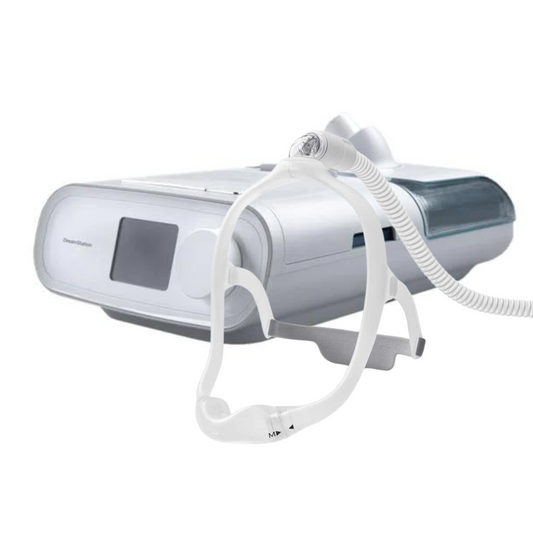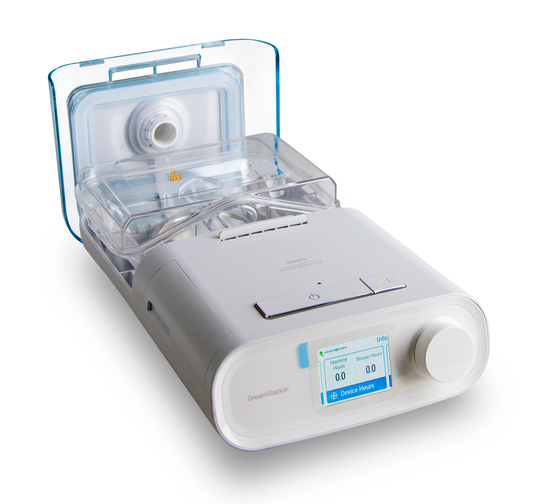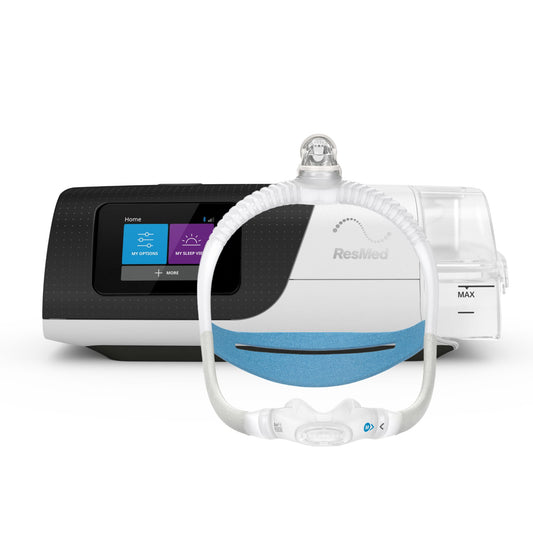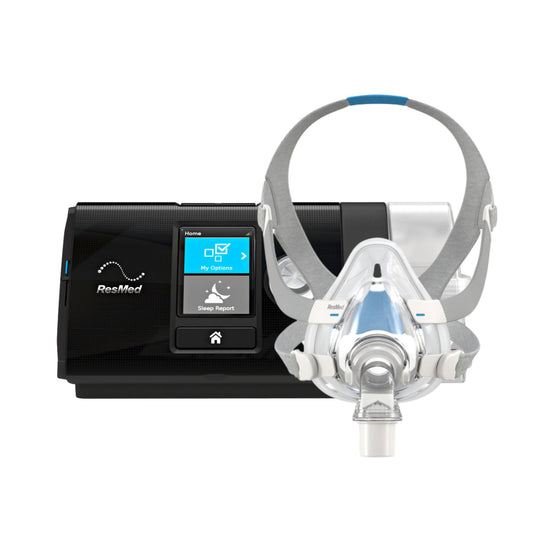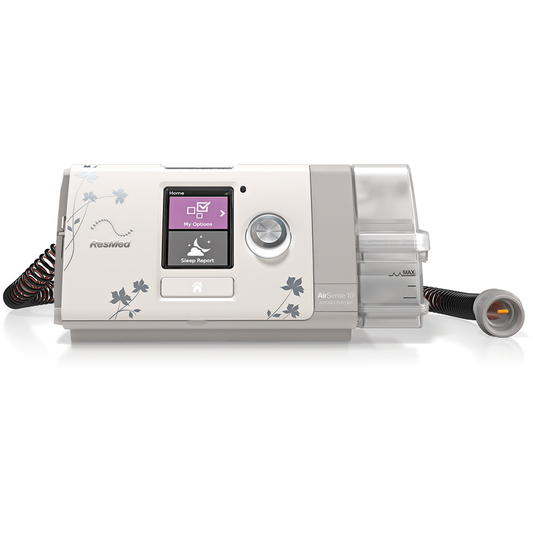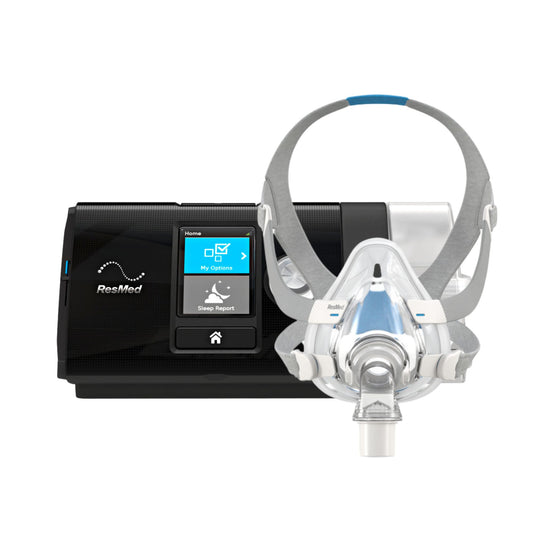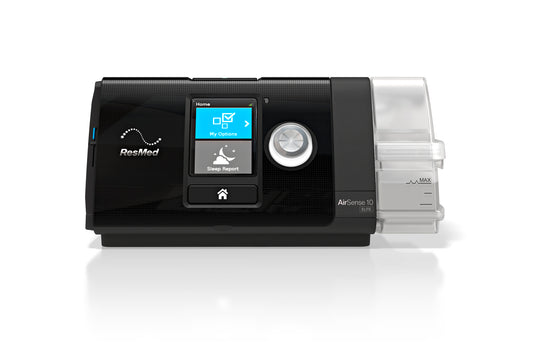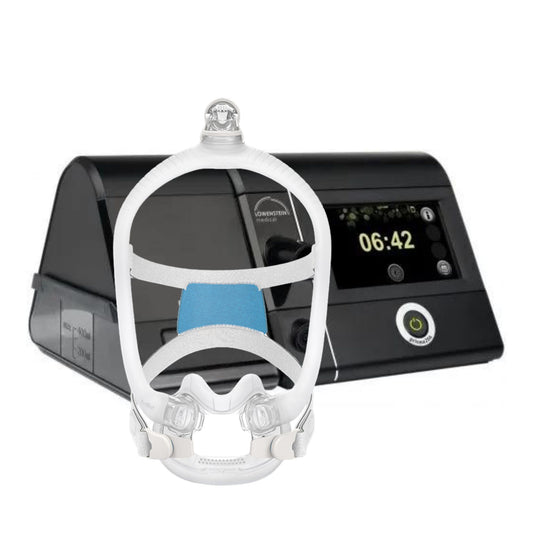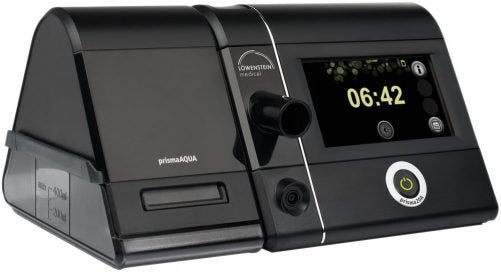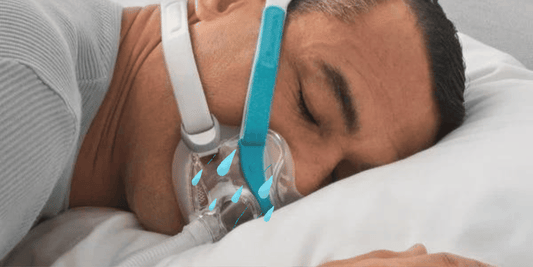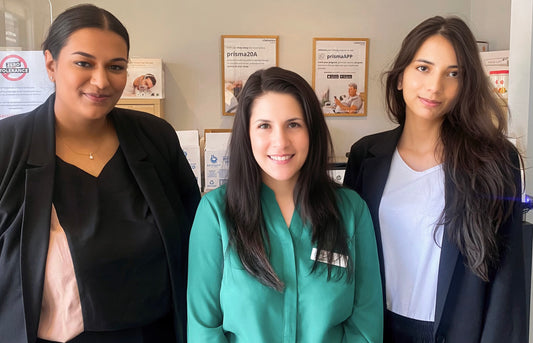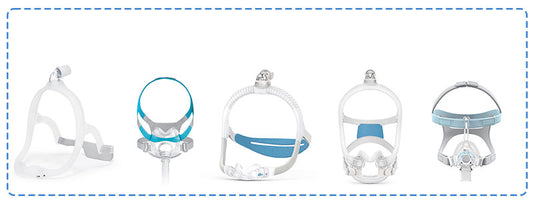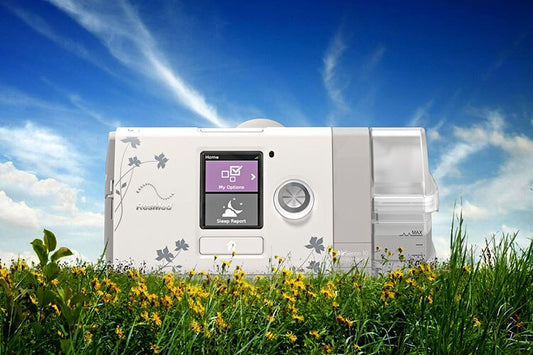Much has been said about sleep disorders and their related co-morbidities. There seems to be a range of sleep disorders known to mankind and knowing which is which leaves most in a quandary. The real focus here is to determine what type and under what category a person’s sleep disorder is so that the correct course of treatment can commence. After all, lack of sleep is the root of myriad health issues and problems.
Sleep Disorders Groups
Six major groups of sleep disorders have been categorized. These groups include insomnia, hypersomnia, sleep-related breathing disorders, circadian rhythm sleep-wake disorders, parasomnias, and sleep movement disorders. Under these categories are sub-categories for further classification.
So, you have been experiencing symptoms of sleep disorder such as fatigue and daytime sleepiness. We will discuss insomnia and its subcategories.
What are Insomnias?
Insomnia is a type of sleep disorder wherein the person suffering from it finds it difficult to fall asleep and stay asleep. This is the most common sleep disorder complaint that may include:
• trouble falling asleep
• trouble staying asleep through the night
• waking up very early in the morning
Research indicates that 30-35% of the adult population have insomnia. The lack of sleep is chronic and not just the occasional poor sleep due to other stressors. This sleep disorder is more common in women, older adults, stressed-out people, and those with medical and mental issues.
The two types of insomnia are short-term insomnia and chronic insomnia. Short-term insomnia occurs in 15 to 20% of people and has a duration of up to three months. Chronic insomnia lasts for at least three months and occurs at least three times a week. About 10% of the adult population has chronic insomnia.
Short sleeper. Most adults require 7 or more hours of sleep each night to function well; some strive for 6 or less hours of sleep. These people feel refreshed and rested even after a few hours of sleep. They function normally even if their sleep is limited. The short sleep may be rooted in a person’s childhood or adolescence and continues through the years. Short sleepers are fine. They do not need more sleep unlike those with insufficient sleep syndrome who take naps during the day and on holidays and weekends to catch up on sleep.
Childhood insomnia may occur if children don’t go to bed on time. Their varying bedtime may lead to poor sleep schedules that might further develop as they grow older. Children with insomnia will:
• have no problem falling asleep if they are made to go to bed at a certain time
• have no problem staying awake as long as no one tells them to go to bed
• ask permission to get up from bed several times a night to drink water or walk around the house

To deter childhood insomnia, parents or guardians must enforce bedtime hours for children. Strict compliance with bedtime hours is a must. There should not be any bargaining to extend activities before going to bed. There is no need to consult a sleep doctor in case of childhood insomnia. Adults just must set firm limits so their children can go to bed on time, stay in bed throughout the night, and wake refreshed in the morning. On the other hand, adults must be keen enough to see if their children are showing signs of stress, which could cause sleepless nights for them.
Find a clinic or call us now for a consultation 1300 750 006.
